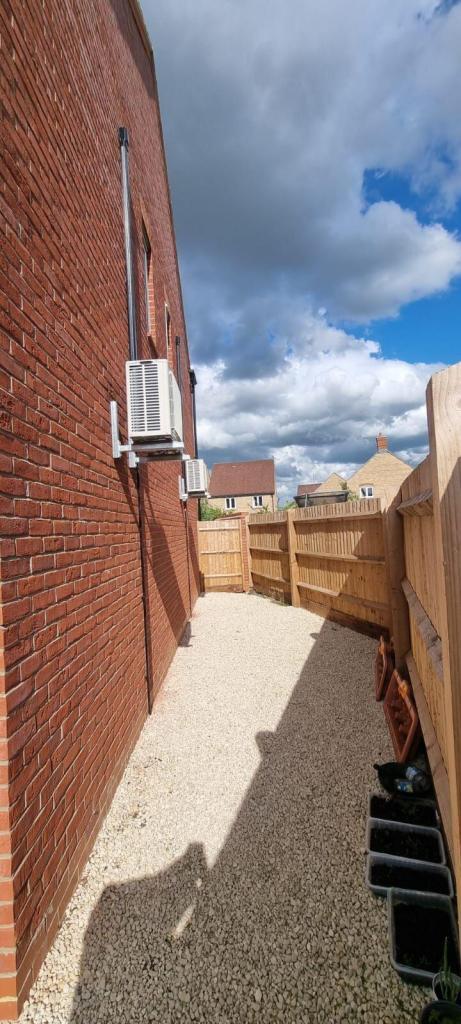
Oxfordshire, with its picturesque landscapes and historic charm, is often associated with the quintessential English countryside. However, as global climate patterns shift, the traditional perception of mild British summers is increasingly being challenged. The rising frequency and intensity of heatwaves, coupled with persistent humidity, are transforming the way residents in Oxfordshire experience their homes. In this evolving climate, the benefits of air conditioning, once considered a luxury in the UK, are becoming increasingly pronounced and arguably essential for comfort, health, and well-being.

While Oxfordshire’s average summer temperatures might historically have been considered moderate (July and August typically average around 21-22°C maximums), recent years have seen spikes significantly higher, sometimes exceeding 30°C. Furthermore, humidity levels, which often hover around 80% year-round in Oxford, can make even seemingly moderate temperatures feel oppressive. This combination creates an uncomfortable and potentially unhealthy indoor environment, particularly in homes not designed for prolonged heat.

The primary and most immediate benefit of air conditioning in an Oxfordshire home is the provision of thermal comfort. During heatwaves, escaping the scorching sun into a cool, regulated environment significantly improves quality of life. It allows for uninterrupted sleep, a crucial factor often disrupted by hot and stuffy nights. For those working from home, a comfortable indoor temperature directly translates to increased productivity and concentration, preventing the lethargy and distraction that heat can induce.

Beyond comfort, air conditioning offers tangible health benefits. Modern AC systems are equipped with advanced filtration technologies that can significantly reduce airborne allergens such as pollen, dust mites, and pet dander. Given that Oxfordshire experiences varying pollen levels throughout the year, this can be a boon for residents suffering from allergies or asthma, leading to fewer respiratory symptoms and improved air quality. Moreover, by actively controlling humidity, air conditioning effectively inhibits the growth of mold and mildew, common triggers for respiratory issues and a source of unpleasant odours in homes, especially in areas with higher natural moisture.
The benefits also extend to the preservation of household assets. High temperatures and fluctuating humidity can take a toll on wooden furniture, musical instruments, and sensitive electronics, leading to warping, cracking, or malfunction. A stable, air-conditioned environment protects these investments, contributing to their longevity and maintaining the aesthetic appeal of a home.

While the initial investment and energy consumption are considerations, modern air conditioning units are significantly more energy-efficient than their predecessors. When used strategically, such as during the peak heat of the day and for ensuring restful sleep, the costs can be justified by the substantial improvements in comfort, health, and overall domestic functionality. Indeed, as UK summers become warmer, homes with effective cooling solutions are likely to see an increase in desirability and potentially even property value.
In conclusion, the changing climate in the UK, with Oxfordshire experiencing its share of hotter and more humid summers, positions air conditioning as a valuable and increasingly necessary addition to the modern home. Beyond providing immediate relief from oppressive heat, it significantly enhances indoor air quality, protects health, boosts productivity, and safeguards household belongings. For residents of Oxfordshire, investing in air conditioning is not merely about luxury; it’s about adapting to a changing environment and ensuring a consistently comfortable, healthy, and functional living space.
